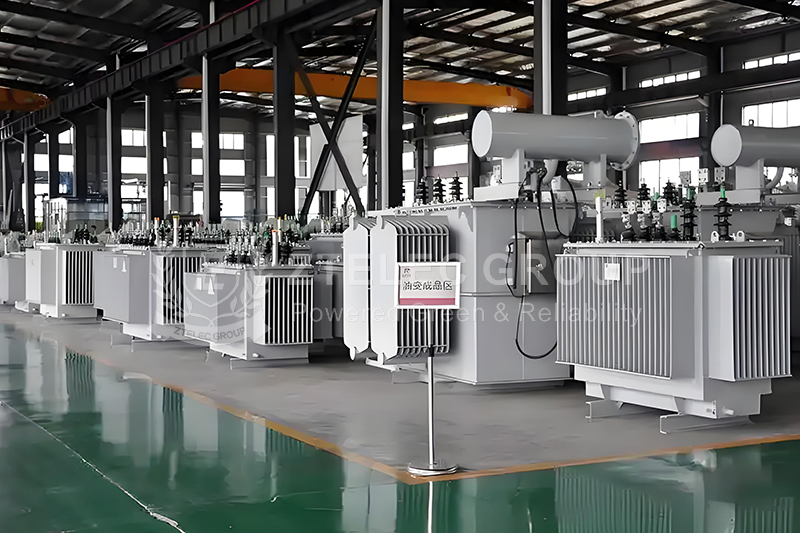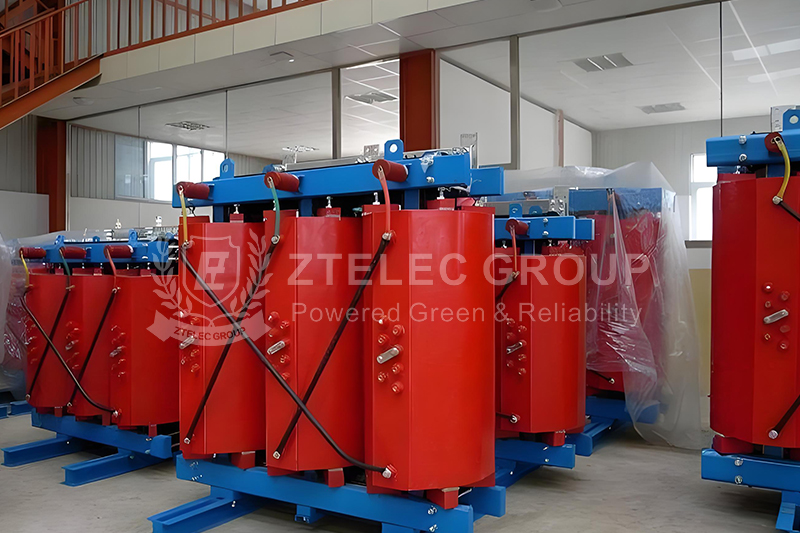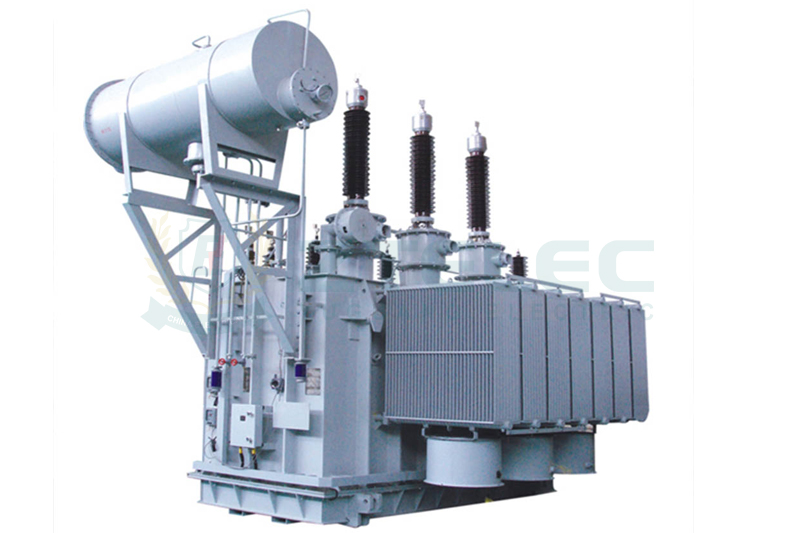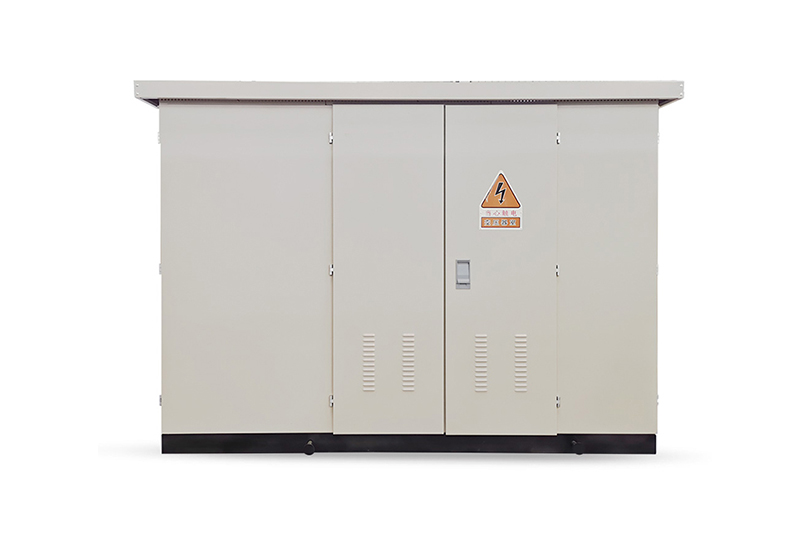How Dry-Type and Oil-Immersed Transformers Power Efficient Voltage Conversion
Time:2025-05-23 Auther:ZTelec-www.ztelectransformer.com
Theoretical Basis of Voltage Conversion
Voltage conversion in transformers is governed by Faraday’s law of electromagnetic induction. When alternating current (AC) passes through the primary winding, it generates an alternating magnetic field within the iron core. This field links to the secondary winding, inducing a voltage through electromagnetic coupling.
The efficiency of this energy transfer depends largely on the core material. High-permeability, low-loss silicon steel laminations are used to construct the core, minimizing eddy current loss and hysteresis loss. These materials are especially critical in both dry-type transformers and oil-immersed transformers to ensure high energy efficiency and operational stability.
The voltage transformation follows the equation U1/U2 = N1/N2, where the voltage ratio corresponds directly to the ratio of the number of turns in the primary and secondary windings. This principle enables the design of both step-up and step-down transformers based on application requirements.
Transformers also obey the principle of power conservation under ideal conditions: U1 × I1 = U2 × I2. This relationship ensures that while voltage is altered, current is adjusted inversely to maintain energy balance, a key requirement in modern power distribution networks.

Key Elements of Technical Implementation
Voltage conversion in transformers is supported by advancements in material science, winding design, and insulation systems. These elements differ slightly between oil-immersed transformers and dry-type transformers, depending on performance and environmental requirements.
Transformer cores are typically made from cold-rolled oriented silicon steel with insulating coatings to minimize magnetic losses. This material helps reduce core loss to below 0.5 W/kg, improving efficiency especially under continuous load.
Transformer windings are constructed using enamel-coated copper or aluminum wire. Techniques such as multi-strand winding reduce skin effect, making them suitable for high-frequency and high-current applications. Insulating varnish and layered structure ensure long-term reliability and electrical safety.
Insulation systems are tailored to transformer type. Oil-immersed transformers use mineral oil and paper insulation, offering high dielectric strength and self-cooling properties. In contrast, dry-type transformers employ epoxy resin or cast resin insulation, providing enhanced fire resistance and environmental protection—ideal for indoor or safety-critical installations.
Typical Application Scenarios
Power System Voltage Regulation
In high-voltage transmission networks, step-up transformers increase voltage from medium levels (e.g., 10kV) to ultra-high voltages (up to 1000kV), significantly reducing line losses during long-distance transmission. At the distribution stage, step-down transformers lower voltage for industrial equipment or household use. In urban grids, dry-type transformers are commonly used in buildings due to their compact size, low noise, and safety benefits.
Renewable Energy Grid Integration
Modern solar and wind farms rely on efficient voltage conversion to synchronize with the main grid. Dry-type step-up transformers are often deployed in photovoltaic systems to boost inverter output (typically from 400V or 690V) to 10kV–35kV or higher, optimizing transmission performance. Oil-immersed transformers are favored in outdoor wind turbine applications due to their robust cooling and load-handling capacity.
Industrial Voltage Conversion
In industries such as metal smelting and manufacturing, transformers enable customized power supply for specialized equipment. For example, aluminum electrolysis requires high DC current, which is achieved by converting grid AC via transformers and rectifiers. Dry-type transformers are widely used in factories for their ability to withstand harmonic distortion and operate in harsh conditions with minimal maintenance.





